
Summer is here and that means that we have to start keeping cool in the rising heat. As humans, we can easily do this by wearing appropriate summer clothing, drinking plenty of water, or cranking up the AC.
But for our four-legged friends, it's a little bit more difficult to cool down in the heat, which is why it's so important to never leave them inside of cars.
Though their panting provides a means of circulating air throughout their body, they can't do much else to stay cool. All they can hope for is love and care from their humans.
However, just like their loving owners, if dogs get overheated in the summertime, it can result in a heat stroke.
Heat strokes occur when a dog's body temperature is higher than the mechanisms that regulate temperature in its body can actually handle. This can lead to various bodily inflammations and organ failure.
Recognizing these symptoms and knowing how to treat them are important, but there are also several preventative measures you can take to make sure that your adorable dog never gets overheated.
What Is A Canine Heat Stroke?
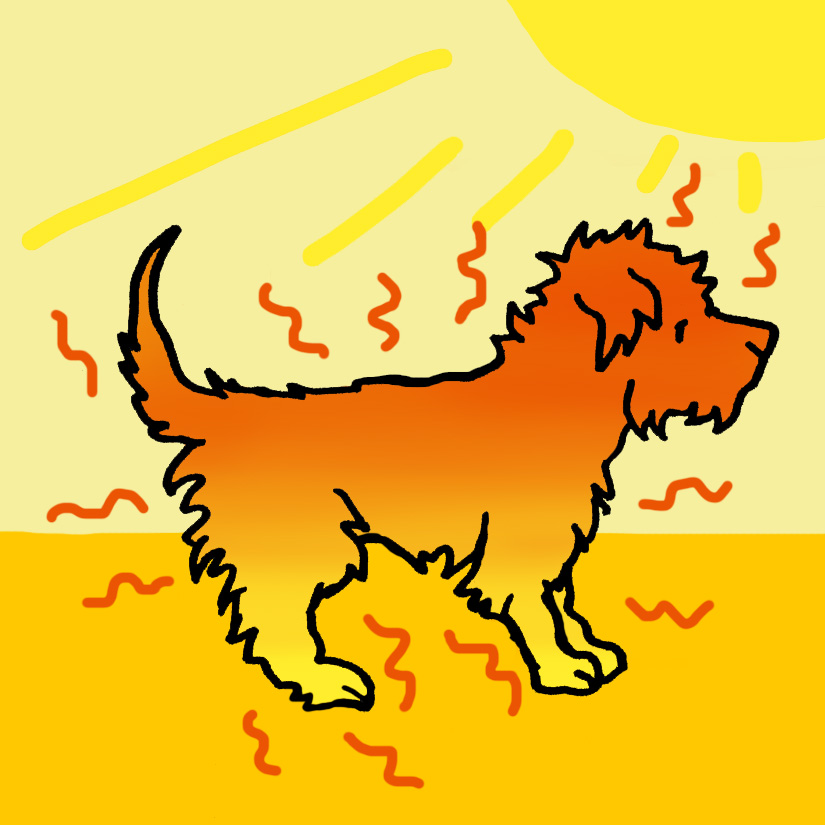
Canine heat stroke, or hyperthermia, occurs when a dog's body temperature rises above normal range — which, according to PetMD, is generally 106 °F.
Once this happens, the dog's normal methods of temperature regulation will not work and he is at risk of organ failure.
Several symptoms accompany heat stroke, which you can look out for in case you need to jump into action.
There are also several techniques that you can employ to cool down your canine's body, some of which are described below.
First, preventative measures should be considered in order to better ensure that your dog is never in danger of overheating in the first place.
How Can I Prevent A Canine Heat Stroke? Prevention Tip #1: Keep Pups Inside On Hot Days

One of the best ways to ensure that your dog doesn't overheat is to avoid very hot days.
If it's particularly hot and humid outside, don't risk keeping your dog out. Keep him inside or only let him out intermittently for bathroom breaks.
Make sure your pup has easy access to the cool breeze of a fan, especially if you don't have air conditioning.
Prevention Tip #2: Always Provide Fresh Water
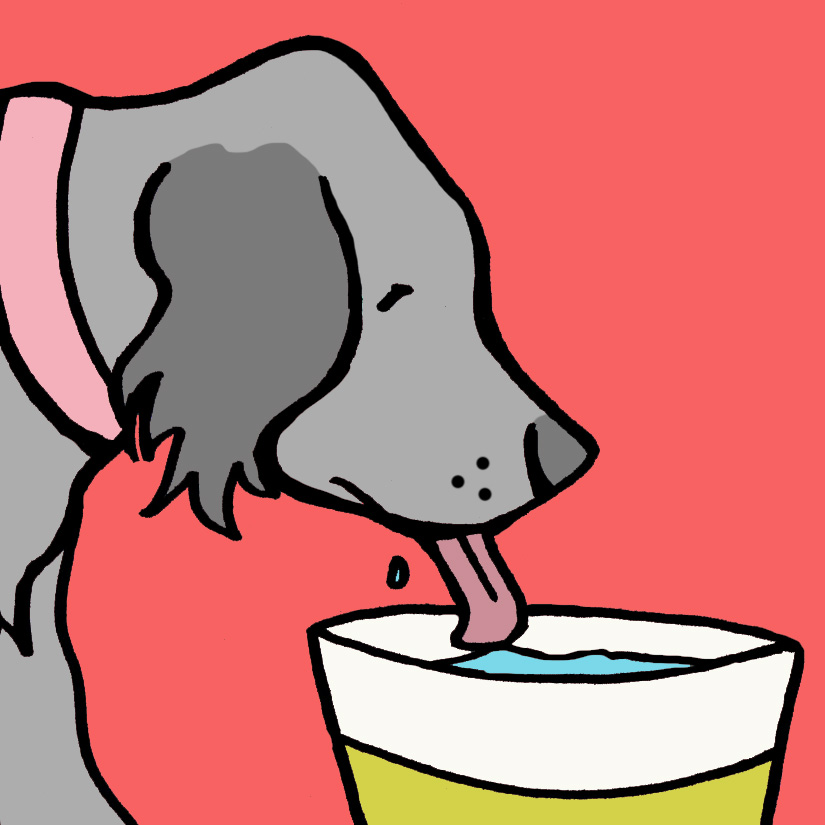
Keeping your dog hydrated, regardless of the temperature outside, ensures that his body is in peak condition.
Always keep his water full and check to make sure it's neither too cold or too warm.
If you'll be on the move, make sure to bring along water and a portable dog bowl.
Prevention Tip #3: Monitor Your Pup's Temperature
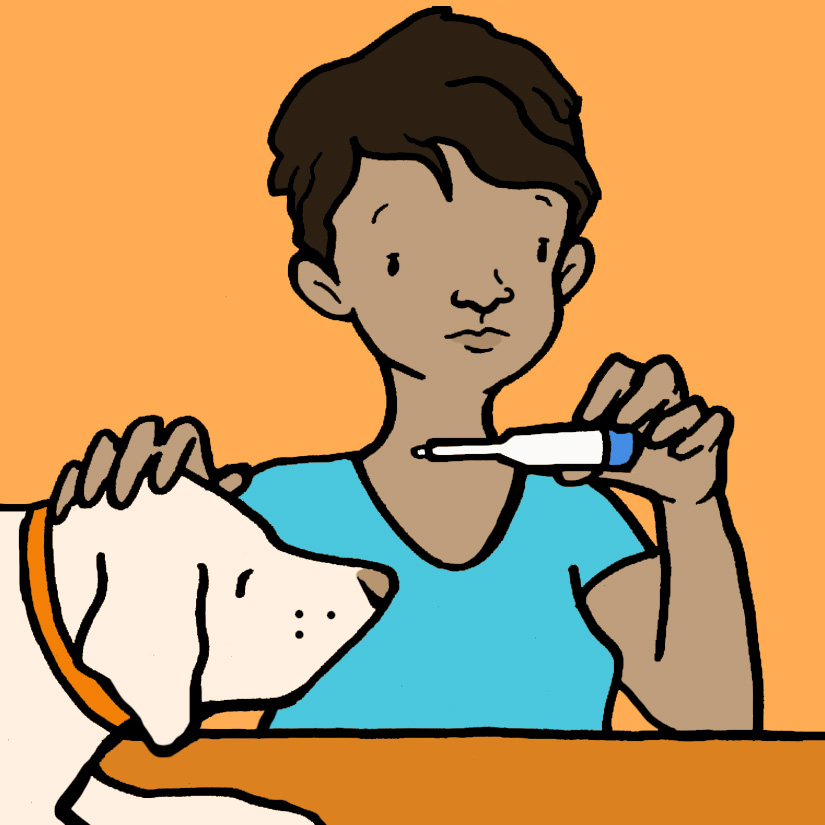
If you're unsure if your dog is overheating, taking his temperature can let you know if his body has gotten too hot.
Remember, his temperature should not exceed 106 °F.
If you're unsure how to take a dog's temperature, then make an appointment with your veterinarian. They can show you the proper method.
What Are The Symptoms Of Canine Heat Stroke? Symptom #1: Excessive Drooling

Dogs' panting and production of saliva are one of their methods for keeping cool.
So if he is overheating, his body will likely be working overzealously to cool it down.
However, hypersalivation can occur for a number of different reasons, so make sure you look out for other symptoms to better assess the problem.
Symptom #2: Reddened Gums
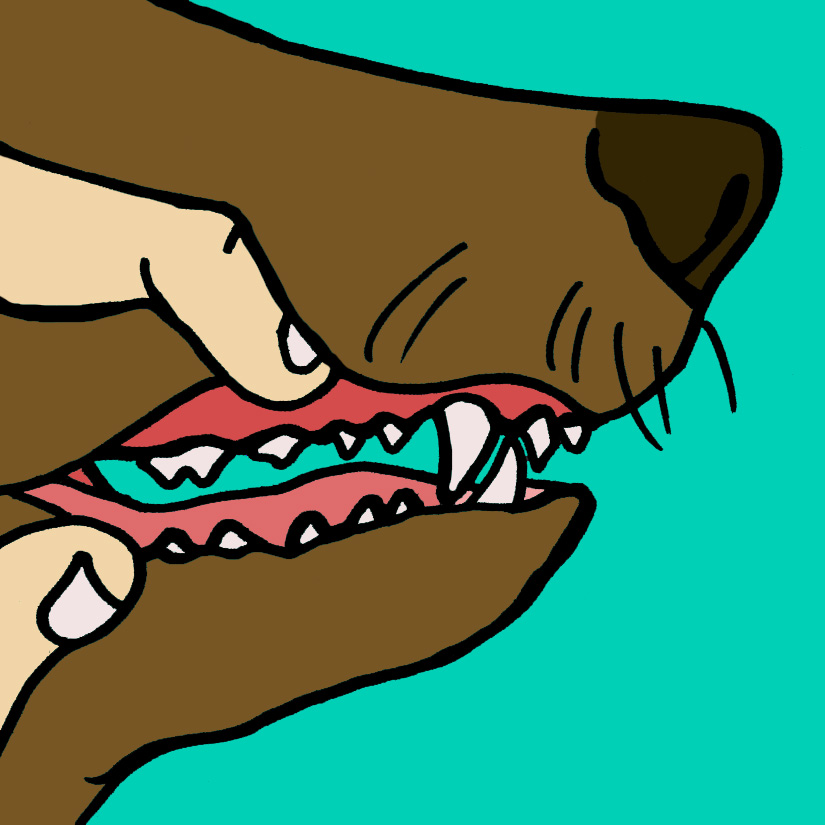
Reddened gums mean that the dog's body is not properly hydrated.
As a result, the gums and other soft, moist parts of the dog become red and depleted.
Checking your dog's gums is a great way to tell if he needs water, though you should be hydrating him regularly regardless of the temperature.
Symptom #3: Wobbly, Uncoordinated Movement

If your dog has lost consciousness, it could be due to organ failure.
If he is walking with a wobble or is having trouble staying awake, it is important to act quickly and get him to the vet rather than attempt to cool his body down on your own.
Here are a few techniques to regulate your dog's body temperature if he becomes overheated.
How Can I Treat A Canine Heat Stroke? Treatment #1: Remove Your Pup From The Heat

Cooling your dog down should be done slowly and without any excessively cold measures.
Placing the dog in the shade or in a mildly cool space will help regulate his temperature without shocking him due to the sudden change.
Treatment #2: Provide Cool Water
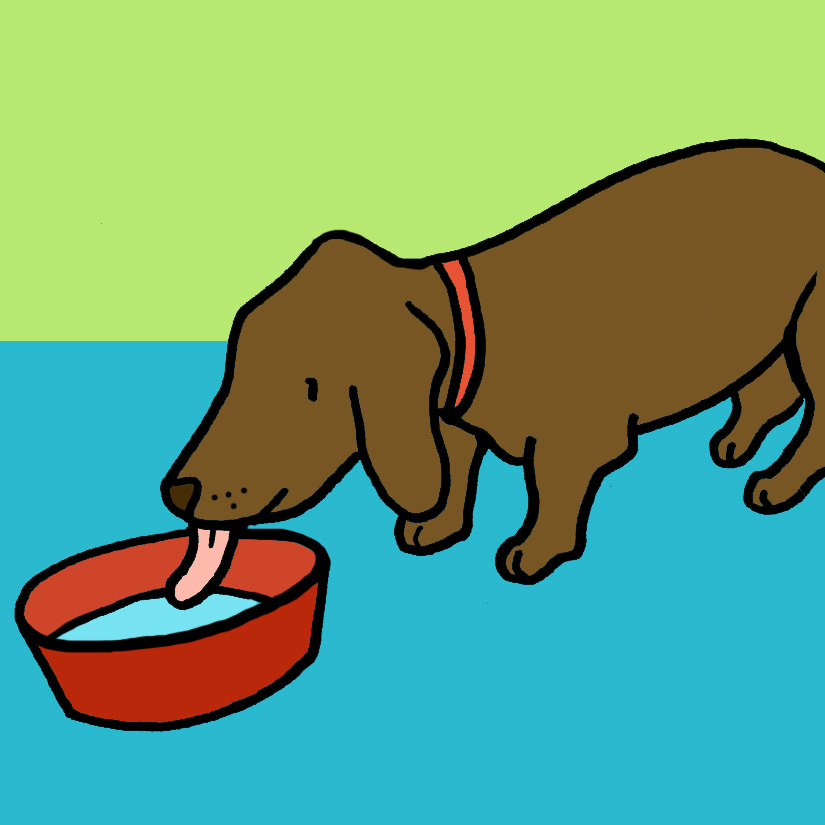
Hydration is another way to introduce temperature regulation into his body moderately.
Let him drink cool water — though not ice cold, as this can also have adverse effects.
If the dog is unable to drink water, take him to the vet immediately where he can be properly hydrated.
Treatment #3: Grab The Water Hose

Pouring water over your dog or spraying him with a water hose can also calm his overheated body down.
However, always be sure to check the temperature of the water before spraying your pup. It shouldn't be ice cold, as that may shock his system, and it should never be too warm.
Treatment #4: Place Rubbing Alcohol On Their Paws
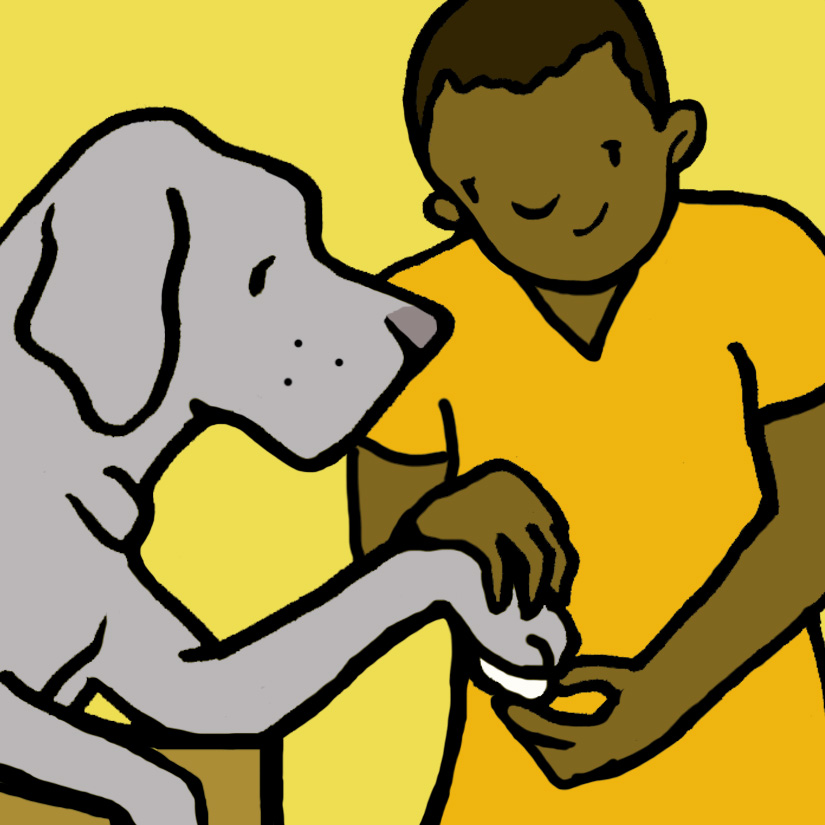
Rubbing alcohol is an easy way to introduce colder temperatures into his system.
According to Petwave, placing something cold on his paws, like rubbing alcohol, will help circulate it to the rest of his body.
Just make sure not to use too much, as it can have potentially adverse effects.
Treatment #5: If Symptoms Persist, Contact A Veterinarian!
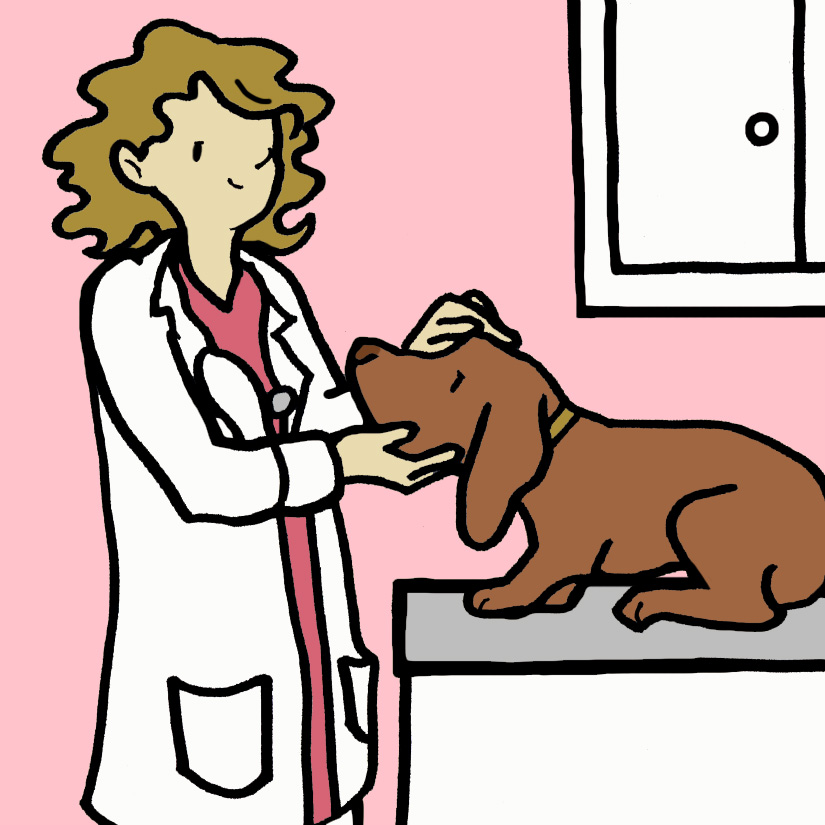
If your dog continues to display symptoms of hyperthermia or if you feel ill-equipped to help him cool down, don't hesitate to take him to the vet to get help.
Summer can be a fun time for you and your pup if you stay in tune with his body and always take the weather forecast into account.
Keeping your pup cool, happy, and hydrated will make summer a fun and safe time for the both of you.
Please SHARE these lifesaving tips with all the dog lovers in your life!




